|
Lives of the 12 Caesars
by Gaius Suetonius Tranquillus Published in 121 AD 448 Pages Thibault’s Score: 2/5 I didn’t read this book, instead I simply skimmed it to get a general understanding of its contents. Overall, this book is fairly dense and dull reading, so I give it a low score and don’t recommend it. The book was, allegedly, written by Praetorian perfect Gaius Septimius Clarus during the reign of Hadrian. The book recounts the biographies of 12 major emperors: Caesar, Augustus, Tiberius, Caligula, Claudius, Nero, Galba, Otho, Vitellius, Vespasian, Titus, and Domitian. This was a really, really, really weird read, and I don’t doubt the books authenticity, although I am skeptical of its accuracy. It reads exactly the way that you would expect a 2000 year old book to read. The first chapter opens with the life of Julius Caesar. Caesar has a dream where he rapes his own mother, and worried goes to an oracle. The oracle reassures him, explaining that his mother is a stand in for mother earth, and that it means that Caesar will conquer many lands. Basically, Caesar was a literal mother fucker (mother earth fucker). There’s a lot of really weird and ancient sounding stuff throughout the book, and because it was a hard read, I quit after Julius Caesar. Also, I’m impatient to read more about the late Roman Empire.
1 Comment
Parallel Lives
by Plutarch Likely published between 90 AD and 120 AD 595 Pages Thibault’s Score: 4/5 Parallel Lives, sometimes called Roman Lives, is a series of biographies of famous people from Roman and Greek history written by Plutarch. Most of the work has survived, however several chapters have been lost to history. The book itself is very interesting. The translations are clear and the writing is lucid. After the fall of the Byzantine Empire, many Greek refugees flooded into Christian Italy. During this time, many ancient Roman texts were translated into Latin. Francesco Filelfo obtained a number of Greek texts in Constantinople in the 1420s, including Parallel Lives, which he translated after the fall of Constantinople to preserve Roman history. I have serious doubts about the historical voracity of the lives of the people being written about. For example, I had learned many times a story about Julius Caesar. He allegedly was captured by pirates, and spent several months with them. During his captivity, he would exercise and work with the pirates as an equal, but would often joke that if he got free he would crucify them. Sure enough, he gets free, and crucifies the pirates several months later. This story is often repeated religiously, but Plutarch, writing roughly 200 years after Caesar’s death, is the only source. Reading Plutarch is very interesting. The clear, factual, and objective-sounding writing style reminds me slightly of Thucydides, and contrasts sharply with the superstitious, emotional, and irrational authors like Marcus Aurelius and St. Augustine. Reading the ancients makes me realize that everything we know about history, especially history before the 1300s, is likely completely made up but is taught completely uncritically in schools and universities across the world. The Ghosts of Cannae: Hannibal and the Darkest Hour of the Roman Republic
by Robert L. O’Connell Published in July 2010 336 Pages Thibault’s Score: 4/5 I really enjoyed reading the Ghosts of Canna, and appreciated the modern skeptical approach to the source texts. Many historians, especially from the turn of the previous century, are very bad when it comes to being skeptical of the validity of source material. The writing is clear and simple, and I felt like my time wasn’t wasted. There were neither too many words nor too few. Also, the author manages to keep the complicated amalgam of people and places clear without excess repetition. The more I study Hannibal, the more skeptical I am the Hannibal really existed. Although this book doesn’t even mention theories about the truth of Hannibal’s existence, it does elucidate the sources used. Basically, everything we know from Hannibal comes from a dozen sources, all of which are written more than a century after Hannibal’s supposed death. The way O’Connell exposes the characters, environment, locales, and battles is skillful, and I learned a lot. I especially enjoyed the chapters about the later conflicts Rome fought with Carthage after Hannibal left Italy and became a mercenary. For example, I didn’t know how Hannibal had died or about his later battles in Greece and Africa. Overall, I recommend this book to anyone who wants to learn more about Hannibal and Carthage. It was much better than the previous book that I read about Hannibal. Hannibal: One Man Against Rome
by Harold Lamb Published in 1958 276 Pages Thibault’s Score: 3/5 This history of Hannibal is beautifully written but lacks any sources whatsoever. Like many purely narrative histories, there is no discussion of sources whatsoever, and thus takes many historical ambiguities as fact. The writing was fairly clear, and highly descriptive, and I liked the slightly “Gibbon-esque” vibes that the author is trying to capture. I thought, however, that the author didn’t give enough historical context to properly explain what was happening. What is a Ligurian? Why did they come out of nowhere? What do historians know about them? This is fairly problematic with many older histories, and it is inexcusable for histories written in the latter half of the 20th century. Although this book was by no means a bad book, and was well written, I don’t recommend this book. Meditations
by Marcus Aurelius 304 Pages Published in 180 AD Thibault’s Score: 2/5 Essentially, Meditations are a bunch of garbled thoughts that got passed down through time allegedly written by Marcus Aurelius, the last of the 5 good emperors of the Roman Empire. I found that the writing of this dreary tome was poorly translated, and didn’t flow smoothly. This is somewhat inevitable for an ancient text, however, depending on the author or translation, clarity varies. For example, Thucydides appears to be fairly empirical and clear. Moral language draws heavily on metaphors, which in turn draw heavily on cultural understanding. Metaphor heavy and moralistic language doesn’t translate well at all across time and cultures. I especially appreciate that Marcus Aurelius, in the very first chapter, immediately defends reason and evidence, and chastises superstition. It seems like the people who write the most about morality are often the most immoral, and I have my doubts about Marcus Aurelius. Marcus Aurelius’ son turns out to be the horrible dictator that starts the decline of the Roman Empire makes me doubt he was a good parent. Marcus Aurelius also lost many major battles, and had a chaotic reign. Hindsight is 20/20. I also have serious doubts that this was written by Marcus Aurelius. It appeared for the first time in 1517 out of the blue, a full 1200 years after the death of Marcus Aurelius. The oldest extant copy is in the Vatican Library. Marcus Aurelius gives a lot of lip service to the need for clear thinking, reason, rationality, and emotional self control, however, paradoxically, promotes many superstitious views. I tend to forgive him because (whoever he actually was) he lived in an era of obscurantism and iconoclasm. Reading this book was particularly difficult for me because I kept getting bored and quit paying attention. Over the last year, I have tried to read and failed to finish the book at least 4 or 5 times - which is very rare. I kept being biased to like the book because of what I'd heard about it, and attributing my lack of interest to the mood I was in the day I began listening to the audiobook. No, it actually kinda sucks. The Screwtape Letters
by C.S. Lewis Published in 1942 160 Pages Thibault’s Score: 3/5 The story is a series of letters exchanged by the demon Screwtape and his nephew Wormwood, offering advice about how to corrupt a human known as “the patient.” C.S. Lewis pretends that he found the letters and is republishing them, and explains at the beginning that because they are written by demons, their content is unreliable. The publisher of the letters immediately makes an interesting observation about the patient (a stand-in for the average British man). “[the patient] has been accustomed, since he was a boy, to have a dozen incompatible philosophies dancing about together inside his head. He doesn’t think of doctrines as primarily true or false, but as academic or practical, outworn or contemporary, conventional or ruthless. Jargon, not argument, is your best ally in keeping him from the church.” This critique, which would be valid of postmodernism which hadn’t yet been invented, immediately seized my attention. I believe that when people make bad choices they have often been mislead. I found many interesting good tidbits, although the pure moralizing lost my interest very soon. For example, I found it surprising that the Christian author, C.S. Lewis, argues in defense of reason and against superstitious belief. He also argues that the form of humility where smart people pretend they are ugly or where beautiful people pretend they are ugly is damaging. Although the style was very weird and moralizing, I actually enjoyed the screw tape letters. Valuable moral and philosophical insights are written in a very interesting and unusual way. My low expectations were broken. That being said, a lot of it is Christian apologetics. The Right Way to do Wrong
by Harry Houdini Published in 1906 106 Pages Thibault’s Score: 2/5 Famous magician and escape artist Harry Houdini wrote several books at the turn of the last century. This book covers the tactics and careers of successful ill doers such as burglars, beggars, pickpockets, spiritualists, fortune tellers, etc… The book was written by Houdini to earn some extra cash on his magic tours, and he was helped by interviewing former criminals and police chiefs. The writing style is simple and unelaborated to the point of becoming slightly childish. Despite being easy to read, I found that the lack of detail in each chapter makes the book kind of dumb. However, because Houdini is writing in a phone without modern communication technology, it does serve as a useful historical document. A lot of the information seems slightly stupid and inaccurate. For example Houdini alleges that, because burglars are superstitious, they believe black cats are bad luck, and if one’s black cat is found dead or poisoned it means that one’s house will be burglarized soon. After reading about half the book, I got the general idea, and quit reading it. This book isn’t horrible, but it just isn’t very interesting or relevant to me. Congo Mercenary
by Mike Hoare Published in 1979 342 Pages Thibault’s Score: 4/5 As of when I began reading and reviewing this book, the author, Mike Hoare, just turned 99 on March 17 2018. This is particularly surprising, as the author is a world renown mercenary who fought in dozens of proxy conflicts against the Soviet Union. I especially enjoyed the audiobook, which was read by none other than Mike Hoare himself. He sounds exactly the way you would imagine a British military man born in 1919 would sound. I found this book to be absolutely fascinating, and one of the most interesting explorations of the war in Congo that I have read. Mike Hoare’s view on the ground of the Congo Crisis is unique, chilling and fascinating. Mike Hoare isn’t clear on how he was hired, but when he arrived in the Congo he had been expecting to perform above ground security operations with highly professional men. Instead, he found an army of poorly trained, inexperienced, and undisciplined recruits, and cheap equipment. For example, Hoare explains that many new recruits his colleagues interviewed in South Africa were drunks and drug addicts hoping to make some quick money. As Hoare and his men make their way deeper in the Congo, they are deeply shocked by the atrocities they witness being carried out by rebels. The moment they first encounter a man who had half of his face blown off, they immediately begin to question their mission. Later on they find a room full of captured nuns and missionaries who had been gang raped and beaten to the point where Hoare at first didn’t realize they were human. Later, he and his men find a 12 year old white girl who had been kept hostage by the Congolese rebels and repeatedly gang raped for 3 months. The morale of his men quickly deteriorates - one man begins uncontrollably sobbing, saying things like “We are all doomed! We are all going to die!” and begs to be allowed to return home. Hoare himself quickly begins to develop post-traumatic stress disorder. The war in Congo was unlike anything he had experienced elsewhere during WW2. He is especially marked by the sad expression of the little girl who was gang raped, and turns to alcohol. Hoare is a tough guy but seems to have a strong moral compass. When a soldier from an allied company is caught raping a woman, he personally cuts off the man’s toes as a punishment. Many times I found myself touched by the horrors of the war, such as when Hoare visits his dying men in the hospital to comfort them. The book also reveals the rank incompetence of the Belgian government forces, and their lack of planning. Just like in modern insurgencies, like Iraq, the Belgian officials hadn’t made proper plans for after they recaptured cities. Problems really began once the rebels were defeated and a vacuum ensued. Part of this problem, Hoare explains, is because the Belgian soldiers would only stay in the country for short 3 month long blocks of time. My view of the mercenary industry was shaped by 21st century understanding and expectations. Today “private security contractors” are very professional, highly regulated, and abide to a far more rigorous standard than government police and military nearly everywhere. The popular perception of mercenaries as gun crazy alcoholics doesn’t hold true at all in 2018, but was at least somewhat accurate in the 1960s. I now understand where the stereotypes about mercenaries come from. Hooked: How to Build Habit-Forming Products
by Nir Eyal Published in November 2014 256 Pages Thibault’s Score: 4/5 Hooked is an instruction manual for product designers explaining how to build habit forming products. Nir Eyal does an in-depth study of various successful and addictive technology products ranging from Instagram to Quora to Twitter and many others. The content of the book is very straightforwardly organized, and easily accessible to a wide audience. The writing is clear and simple. Eyal makes good use of the reader’s time, and manages to compact all the information to its simplest form without losing any clarity. I especially liked the relative shortness of the book, which makes it just the right length. Average chapters explain a concept, such as variable rewards, then draw on numerous business examples and psychology studies in order to reinforce the concept. For example, the chapter about variable rewards first explains that a fridge where the light turns on every time it is opened is boring. A fridge where a new treat appears at random is very interesting, and would motivate many people to repeatedly open the fridge to see what comes out. He then explains the role of variable rewards in various products such as Instagram which rewards likes asymmetrically or World of Warcraft where players can constantly learn to interact in new ways. Finally, he backs up this example by citing studies where animals were taught to gamble, and where people were put in situations with variable rewards. The book was highly informative, simple, and straightforward. I recommend it to any entrepreneurs who are building new products. The Dark Ages 476 - 918
by Charles Oman Published in 1898 401 Pages Thibault’s Score: 3/5 Overall, I enjoyed reading the book, but don’t recommend to anyone who isn’t already very well versed with the names, places, and events of the Dark Ages. This book helped me connect many pieces of information I already had, but had I read it last year, would have been dense and in comprehensible. The book, being written before the advent of forensic archeology, is dated. While it constructs a narrative of the events of history, everything written must be taken with a grain of salt. The narrative itself is clear and well written, but cannot be understood without an existing deep historical knowledge. I especially liked the chapters dealing with the slow withdrawal of the Byzantines from Spain. Looking at historical maps doesn’t tell the full story; they give the impression that the Byzantines had managed to preserve territory in Spain. In reality, it seems like the Byzantines had a few nominally Byzantine but practically independent vassals lingering in the areas near Cordoba. This book helps me understand what people believe happened during the Dark Ages, especially from a traditional early 20th century academic perspective. It does, however, very little to separate the daily realities of life for the common people from the narrative of conquerers. When judging the quality of writing, my main metric is the clarity of the language. Books that are poetic or abstract, unnecessarily verbose, or repetitive lose all points in my rubric. The language of the Dark Ages is absolutely fantastic. The writing is similar to other 19th century authors that I have read such as Charles Darwin - it makes use of long sentences without sacrificing any clarity. This book, while well written, sits at an uncomfortable spot. It is far too complicated for novices, and will be incomprehensible to modern readers unfamiliar with the geography, major people, and governments of the early Middle Ages. It is too dated and unrigorous for modern academics, and, for example, doesn’t cite any sources. While I enjoyed the book a lot, I don’t recommend it. |
Thibault SerletMost of my articles are book reviews, but I also write about many other topics. Archives
December 2023
Categories |
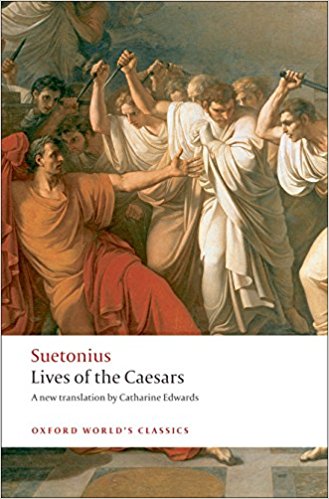
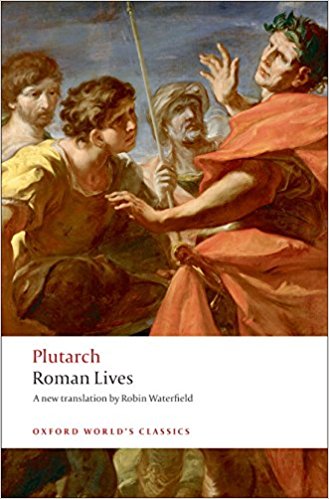
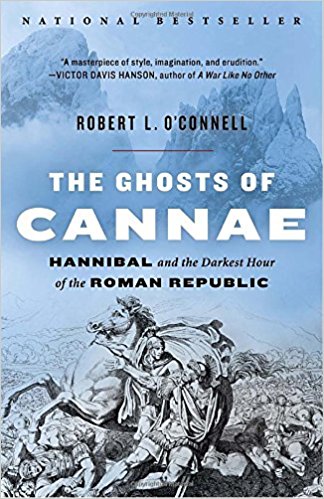
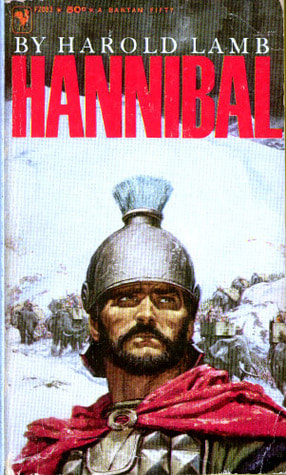
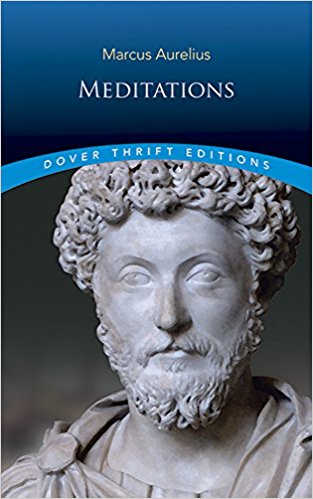
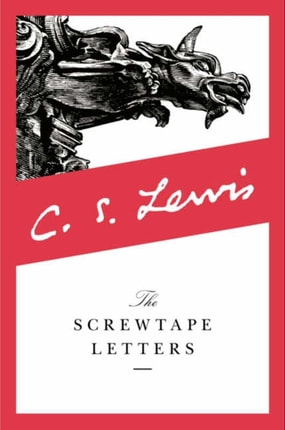
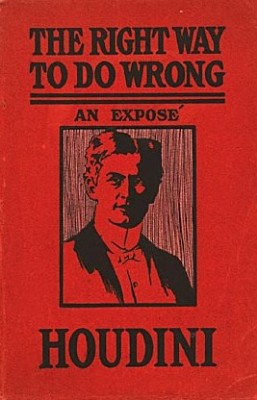

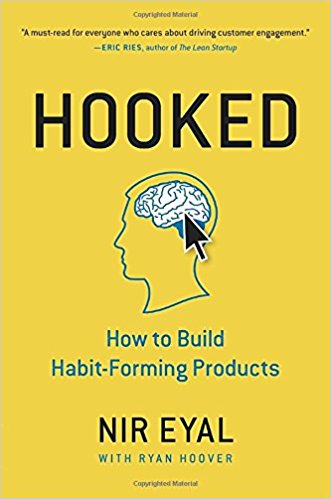
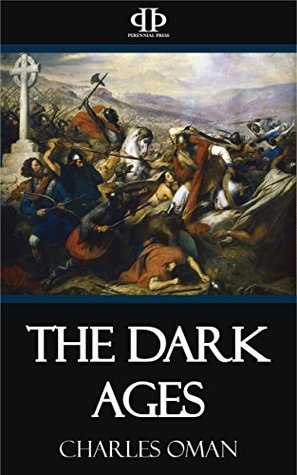
 RSS Feed
RSS Feed